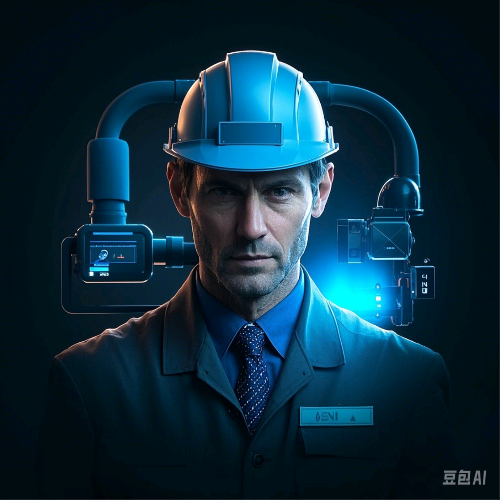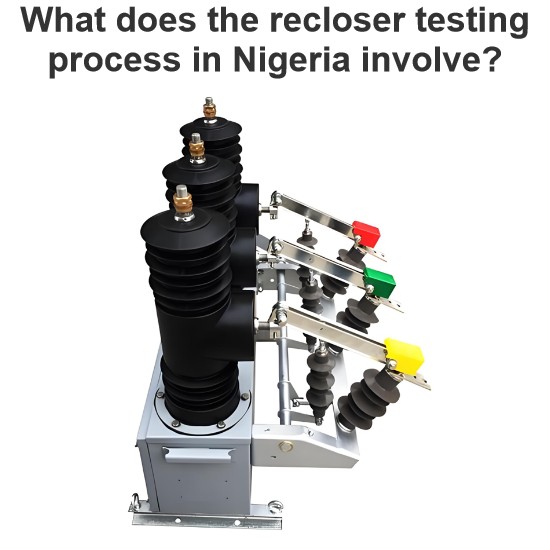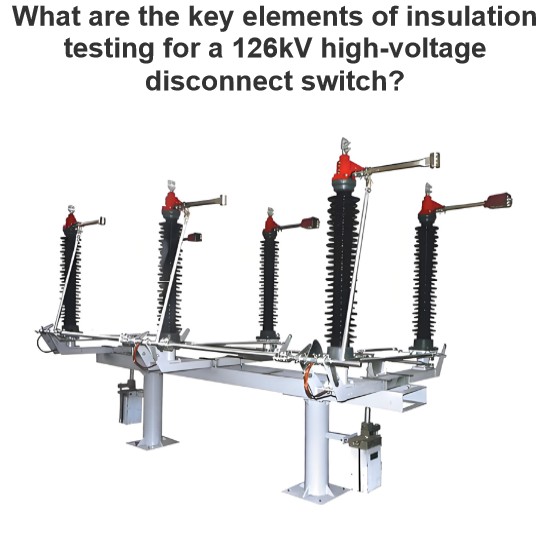Based on the fault phenomenon that the motor couldn't perform electric energy storage, the maintenance personnel initially suspected a fault in the motor power supply. However, through measurement, this assumption was ruled out. Considering the worn - out energy - storage mechanism at the scene, the maintenance personnel determined that the energy - storage motor had burned out. The measured resistance of the motor winding circuit at the scene was 247 MΩ, confirming the motor burnout.
Regarding the reasons for the motor burnout, generally, there are two possible situations: mechanical faults and electrical faults. A mechanical fault mainly refers to the jamming of the circuit breaker's energy - storage mechanism. This causes the motor to stall during the energy - storage process, leading to motor burnout. In the power system, some circuit breakers are rarely subjected to power - outage operations due to high - level loads. As a result, the mechanisms remain stationary for a long time. Rust and dust accumulation can cause severe jamming of the mechanism. When it reaches a certain degree, the output torque of the energy - storage motor cannot overcome the mechanism's resistance, resulting in motor burnout.
An electrical fault mainly occurs in the motor circuit. When the energy storage is completed, the micro - switch connected in series in the energy - storage circuit fails to disconnect in time. The motor keeps running, but due to the obstruction of the energy - storage holding pawl, the motor stalls and burns out due to overheating.
The maintenance personnel first removed the motor from the standby interval circuit breaker and replaced the burned - out motor. Subsequently, they manually energized the spring. After the energy - storage process, they measured the micro - switch, and the measurement showed that the micro - switch contacts were in the open state, indicating normal function. When performing the opening and closing operations, they found that there was no jamming in the circuit breaker's energy - storage mechanism.
The maintenance personnel then closed the circuit breaker and carried out electric energy storage. During the energy - storage process, they found that the spring completed energy storage, but the motor kept running. To prevent the motor from burning out again, the maintenance personnel immediately opened the circuit breaker. With the spring energized, they repeatedly tested the on - off state of the micro - switch. The test results showed that regardless of the state of the micro - switch, the motor circuit remained connected. Further inspection of the circuit ruled out the possibility of a parasitic circuit.
When performing electric energy storage again, the maintenance personnel gently pressed the micro - switch with a screwdriver, and the motor stopped running. Based on this, they determined that the micro - switch was damaged. The maintenance personnel replaced it with a new original - factory micro - switch. When the motor was used for energy storage for the first time after the replacement, the motor kept running again when the spring completed energy storage. The maintenance personnel loosened the two fixing screws of the micro - switch, moved the limit switch as close as possible to the gear that presses it, and then fixed it. After that, the electric energy - storage operation returned to normal.
Combining the handling process, the maintenance personnel reached the following fault conclusion: When the spring completed energy storage, due to the small installation margin of the micro - switch itself and the severe wear of the micro - switch compression head, the stroke of the energy - storage mechanism compressing the micro - switch was reduced. The micro - switch was in a critical "virtual open" state. When the circuit breaker was closed, the 220 V AC current broke down the air between the virtual open points of the contacts, connecting the energy - storage circuit, and the motor kept running. When using the resistance gear of a multimeter to measure after opening the circuit breaker, the battery voltage of the multimeter was relatively low and not enough to break down the gap. Therefore, the measurement showed that the micro - switch was in the open state.

For this type of fault, it is recommended to strengthen the inspection of this type of outdoor circuit breaker and replace the severely worn micro - switches as soon as possible to avoid motor - burnout accidents. Currently, the design of outdoor circuit breakers lacks a mechanism to connect the energy - storage timeout signal, and there is a lack of monitoring for abnormal energy - storage situations. It is suggested that when conditions permit, the energy - storage timeout signal should be connected to the background alarm system.















